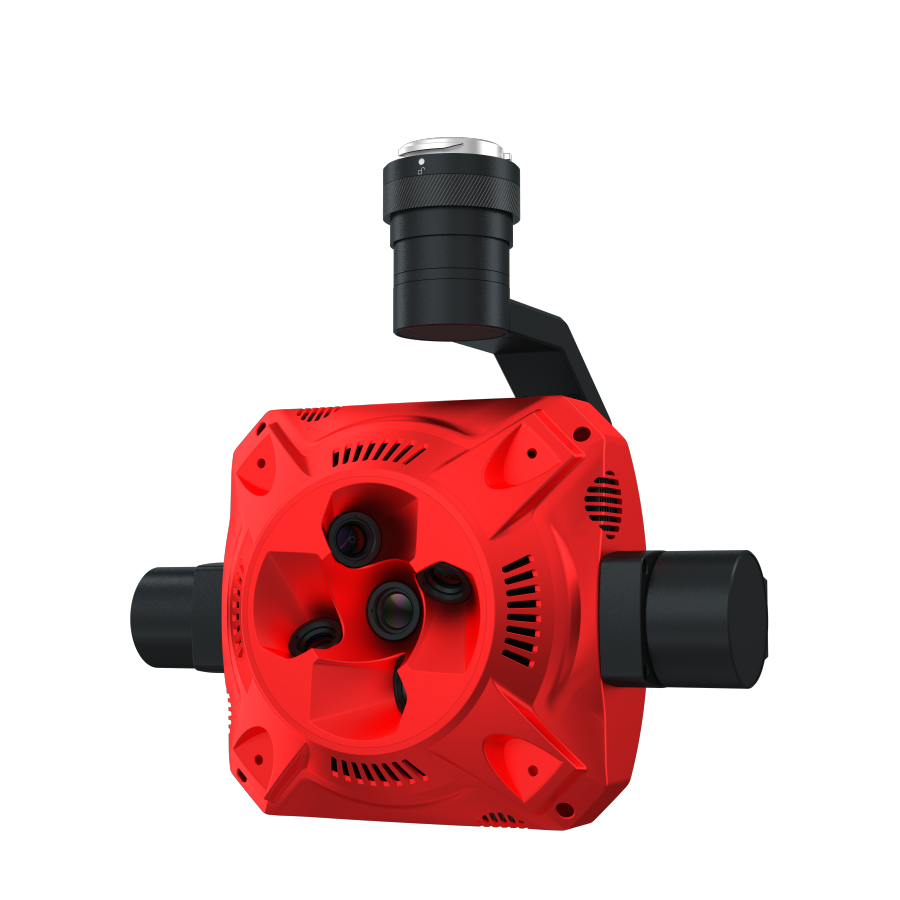AI Path Planning
AI algorithms that help robots and drones find the most efficient path through an environment, avoiding obstacles.
Robotics and autonomous systems become increasingly central to fields like environmental monitoring, logistics, and disaster response, the need for intelligent decision-making mechanisms is more critical than ever. These systems must navigate complex, often unpredictable environments while maintaining safety and efficiency. One of the foundational capabilities enabling this autonomy is AI Path Planning a key concept that allows machines to move through the world intelligently. Understanding this term is vital for professionals and enthusiasts working in robotics, artificial intelligence, and environmental sciences.
What is AI Path Planning?
AI Path Planning refers to AI algorithms that help robots and drones find the most efficient path through an environment, avoiding obstacles. At its core, it is a process by which autonomous agents—such as drones, mobile robots, or self-driving vehicles—determine a safe and optimal route from a starting point to a goal. These decisions are made dynamically, often in real time, by evaluating terrain, obstacles, sensor data, and predefined mission objectives. The objective is to minimize travel time, energy consumption, or risk while maximizing operational efficiency and safety.
Key Concepts
Algorithm Efficiency: AI uses heuristic or learning-based algorithms (e.g., A*, D*, RRT, reinforcement learning) to compute optimal or near-optimal paths, balancing speed and computational load.
Obstacle Detection: Sensors such as LiDAR, radar, cameras, and ultrasonic detectors help the system perceive and map obstacles in its environment.
Environment Mapping: The creation of 2D or 3D maps (via SLAM or preloaded data) that enable spatial awareness and route optimization.
Real-Time Decision-Making: The ability to adjust paths on-the-fly based on changing environmental inputs, such as moving objects or weather conditions.
Collision Avoidance: Ensuring the agent does not make contact with any object during its journey, especially in dynamic or unpredictable settings.
Multi-Agent Coordination: When multiple autonomous systems are operating, AI Path Planning may include coordination to avoid inter-agent conflicts and optimize shared tasks.
Applications and Relevance
Drone Surveys: Path planning allows aerial drones to cover large terrains efficiently, avoiding obstacles like trees or power lines while collecting geospatial or environmental data.
Robotic Inspections: Ground-based robots equipped with AI path planning can navigate industrial facilities, pipelines, or disaster zones to perform structural assessments or detect leaks.
Agricultural Automation: Autonomous tractors and sprayers use AI planning to optimize routes across farmlands while avoiding natural and artificial obstructions.
Search and Rescue Missions: Robots and drones utilize path planning to reach victims in inaccessible areas, navigating through debris and unstable terrain.
Marine and Underwater Exploration: Autonomous underwater vehicles (AUVs) plan efficient paths through submerged environments to monitor ecosystems or inspect infrastructure.
Challenges and Considerations
Real-Time Data Processing: Continuous processing of sensor inputs is necessary to make immediate path adjustments, requiring significant onboard computing power.
Environmental Complexity: Unstructured terrains, dynamic weather, or moving obstacles increase the complexity of planning safe and efficient routes.
Energy Constraints: For battery-powered robots and drones, path planning must account for limited energy reserves and plan accordingly.
Sensor Limitations: Incomplete or noisy data from sensors can lead to suboptimal or unsafe path decisions.
Multi-Objective Optimization: Balancing competing objectives—like time, energy, and safety—requires advanced algorithms and tuning.
Future Trends and Innovations
Integration with IoT: Path planning systems increasingly leverage real-time data from IoT networks, enabling more informed navigation decisions.
Advances in Machine Learning: Deep reinforcement learning and neural networks are being used to train systems on complex navigation tasks, improving adaptability and performance.
Swarm Intelligence: Coordinated path planning among fleets of drones or robots allows for efficient area coverage and collaborative task execution.
Hybrid Planning Models: Combining classical algorithms with learning-based models offers robustness in unpredictable environments.
Edge AI Deployment: Running path planning algorithms locally on-device reduces latency and improves autonomy, especially in bandwidth-limited settings.
AI Path Planning is a cornerstone technology in the evolution of autonomous systems, playing a vital role in making robots and drones intelligent, efficient, and safe navigators. From enabling precise environmental monitoring to empowering disaster response robots, this technology continues to push the boundaries of what machines can achieve in complex real-world environments. As algorithms evolve and hardware improves, AI Path Planning will remain central to advancing smarter, safer, and more capable autonomous solutions across industries.














